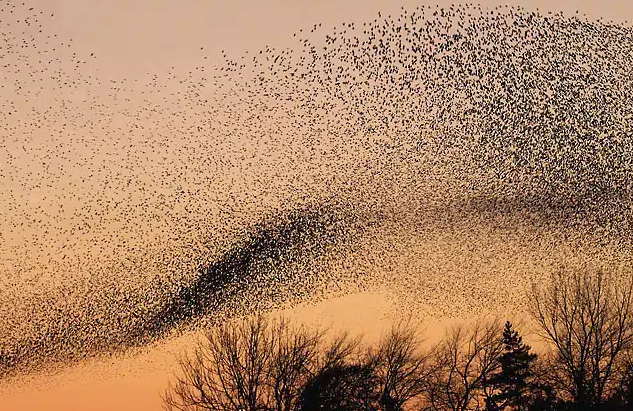A “method” is a set of instructions fed into a cybernetic bio-technical machine called a “laboratory” that outputs an “experiment”.
Or something to that effect.
And then the artistry is in how that experiment comes together, much like the orchestra playing a symphony.
And this artistry occurs in the context of science as well. Or in the social construction of science.
The cybernetic machines madlib above show one way this can be constructed; of course there’s more, or other variations on a theme. It follows from the field of Science Studies – that understanding that science is a social undertaking – and so would likely be familiar to anyone aware of that field.
But I wanted to bring it up as it helps illustrate what we mean by “cybernetic bio-technical machine”. Bruno Latour would call this an “assemblage”. So swapping that in to our madlibs would look like: A “method” is a set of instructions fed into an assemblage called a “laboratory” that outputs an “experiment”. Which is much shorter and to the point, but ends up obscuring the details I wanted to focus on. Which in this case is nature of that machine.
By cybernetic and bio-technical, I mean that the machine is a combination of humans working with technology, in highly specialized ways, and those humans working with each other, as each of the examples we’ve used so far are most often done by people in groups.
An orchestra consists of musicians (the bio) each deeply focused on their instruments (the tech) working together to produce a symphony. So too with a film crew, their cameras, lenses, lights, microphones, and all the myriad tools that go into editing and finishing a film. Architecture and science are the same way.
But perhaps we need to add another term into our madlib. Where does the scientist fit into the above equation? Or the composer? Or any of the other creators, in relation to their specific assemblages? (I realized I’m playing fast and loose with my metaphors here; I trust you can follow along).
For a science machine: A “method” is a set of instructions written by a scientist fed into an assemblage called a “laboratory” that outputs an “experiment”.
(We added other creators to the footnote of the original post).
Each of these assemblages comes together under the auspice of a creator who crafts the set of instructions. This is where human agency lies – these things don’t instantiate on their own.
And to follow it back to the previous post, this pattern holds true with AI art as well. An allographic art form that follows the familiar pattern that we’ve seen above. At the time of this writing, there is no sentient AI on planet earth.
There is no autonomous art.
All art, even AI art, is human created, even if there are layers of machines behind the surface.
